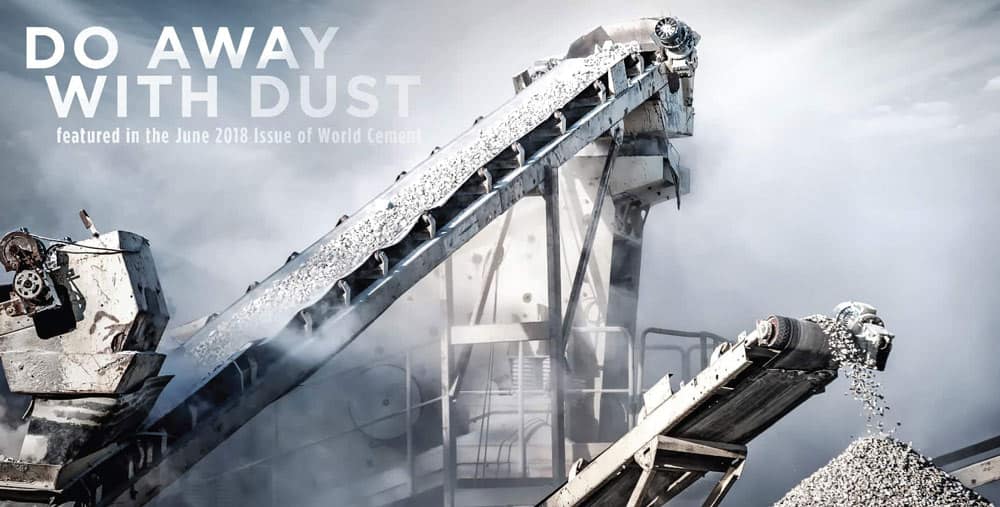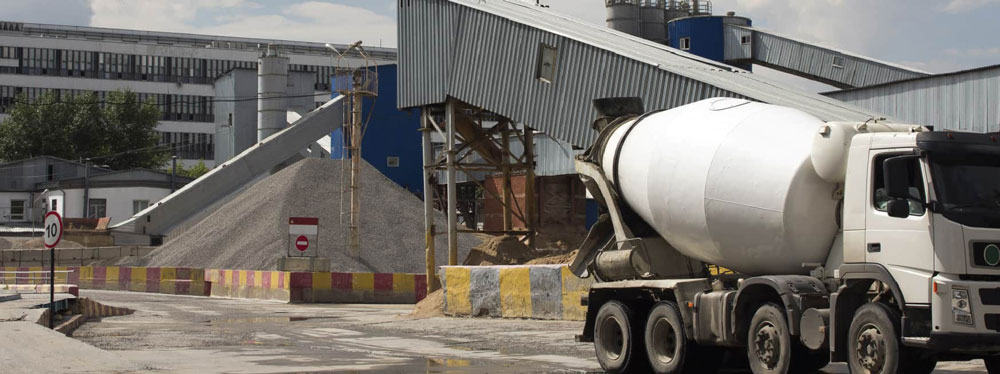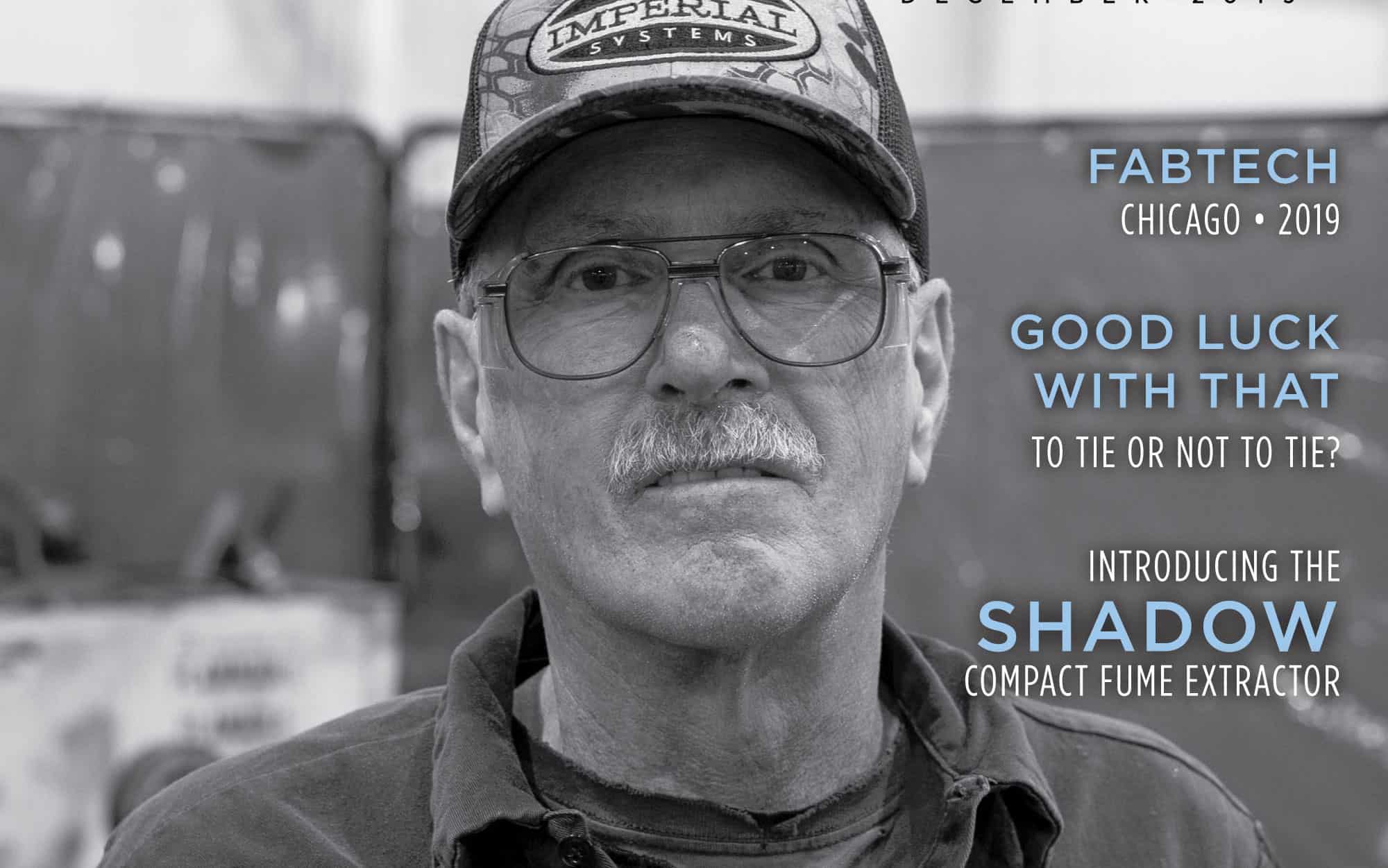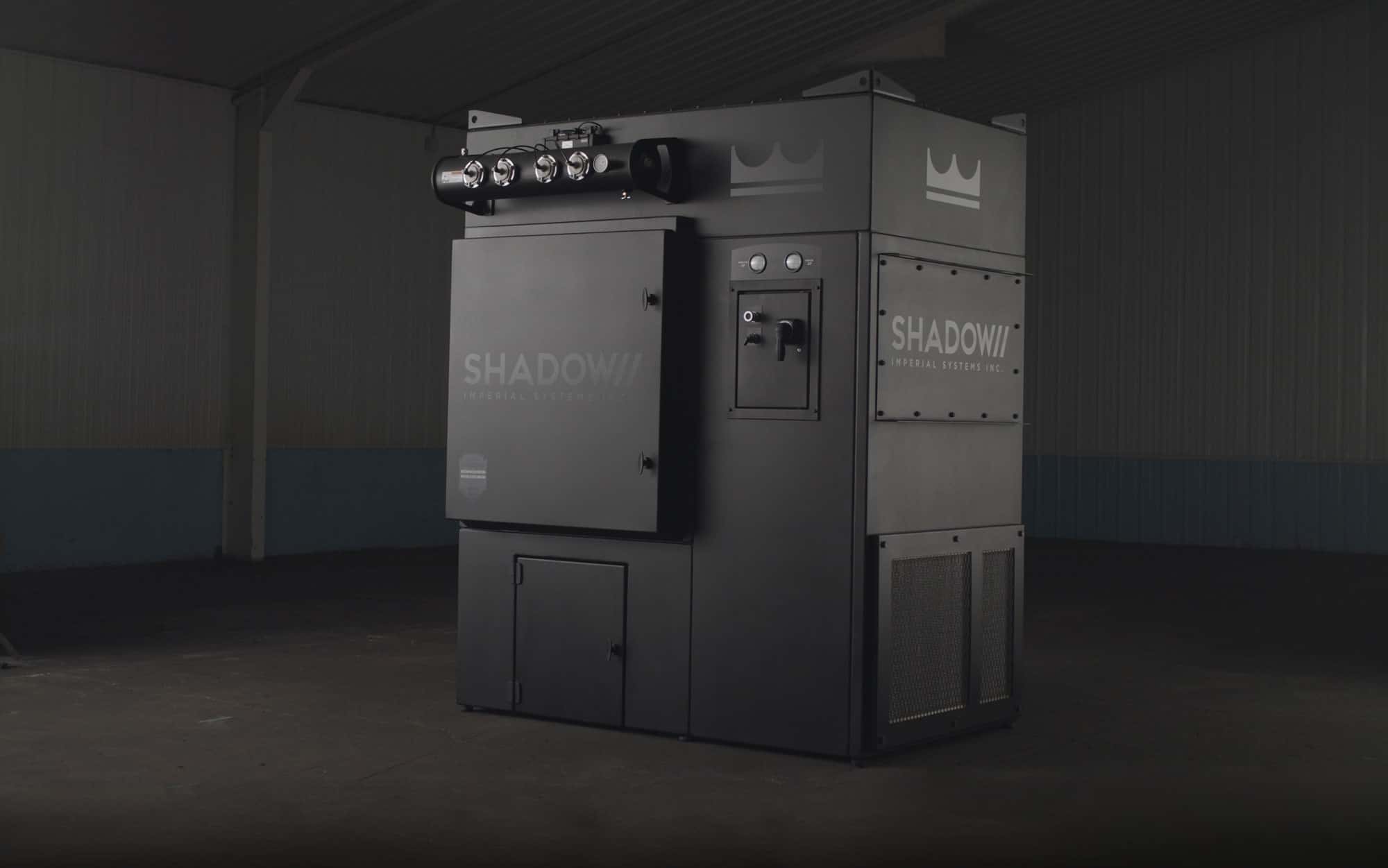
 Jeremiah Wann, Imperial Systems, discusses the benefits of Spot Filters when dealing with dust at cement plants.
Jeremiah Wann, Imperial Systems, discusses the benefits of Spot Filters when dealing with dust at cement plants.
SPOT FILTERS: ALL-PURPOSE CEMENT DUST SOLUTIONS
There are many opportunities when working with cement for dust to start accumulating. Anywhere that the material is moved around, dust is produced. With companies facing new and stricter OSHA silica exposure laws, there is a tremendous need for filters in cement applications. Respirators may not be able to handle the high levels of dust produced, and even if they can, they are uncomfortable and often not used correctly.
OSHA’s hierarchy of hazard management considers the first line of defense as eliminating the hazard. Since it’s probably impossible for you to eliminate all the processes in your facility that produce dust, it makes sense to move to the next step, which is to use engineering controls to manage the hazard. A dust collector is an engineering control because it manages the hazard without the employees needing to actively do anything (like wear PPE) to be protected.
BAGHOUSE VS. CARTRIDGE COLLECTOR
While baghouses have dominated the cement industry in the past, they have many disadvantages. A major one is that very high airflow needs to be maintained to move dust-laden air from the various points of capture to the baghouse, requiring high energy usage and large fans. Also, baghouses often have a huge number of bags, which are very difficult and messy to change. A confined space procedure may be required to get into the air plenum where the filters are accessed. The bags often have to be pulled onto metal cages and there are a variety of complicated mechanisms for attaching them to the tube sheet.
Cartridge collectors are appropriate for almost all types of fine dust, as long as it is dry, and they are more efficient and much easier to change than bags in a baghouse. Cartridge filters are pleated, which allows them to have a much higher surface area than a bag and pack a lot more media into a smaller space. The ease of changing filters and overall maintenance is often a major factor in choosing a cartridge collector over a baghouse. Baghouses may still be preferred for certain applications; a systems engineer can help determine which will work best. High temperature applications, for example, often require a baghouse because the bag material can handle extreme temperatures better. Systems engineers are experts in system design and should always be consulted on a dust collection project.
Many applications, particularly those handling large amounts of bulk solids, have had excellent results with cartridge collectors. Grain and silica industries are two examples of applications where cartridge collectors are often in use. Especially where silica dust is involved, cartridge collectors are becoming increasingly popular because of the extremely high efficiency of the filter media, which helps companies make sure they are meeting OSHA’s new silica dust regulations.
Some companies have questioned whether cartridge filters are durable enough to handle tough applications like silica or cement dust. The answer is that yes, with a properly designed system they can definitely handle this material. Options such as overbags can help protect the filters if the dust stream contains some larger particles in addition to smaller ones. A cartridge collector will also have baffles that cause the air to slow down and larger material to drop out of the air stream before it reaches the filters, protecting them from damage.
SPOT FILTERS
Another issue may pop up with a central vacuum system. Whether it uses bags or cartridges, there may be very long runs of ductwork to access all of the points of dust capture. It may not be practical to run duct all the way down a very long conveyor, for example, or to a machine that’s a long way from the collector. You may even need dust collection on a mobile piece of equipment like a cement dust transport truck that moves material around the site. For all of these situations, spot filters are a great option to consider.
A spot filter is a small cartridge collector that is placed directly at the location where dust is being produced. Examples of good locations for spot filters include:
• Drying areas
• Conveyor belts
• Transfer points
• Dump pits
• Roller mills
• Blenders and mixers
• Bucket elevators
• Hammer mills
• Transport trucks
• Vents and openings in storage areas
• Material loading and unloading
Spot filters usually have two or four cartridges. Because of the pleated material, cartridge filters are perfect for applications where the collector needs to be small and compact. They are also self-contained, which means they do not need any ductwork run to them. They have their own fan and run independently, so you can put one a long way from your central dust collection system, or use them if you don’t have a central dust collection system. Spot filters sit directly at the point where the dust is generated, allowing them to capture the maximum amount of dust and prevent any of it from getting out into the air of your facility or exposing your workers to silica-containing dust.
An advantage of spot filters is also that they are very easy to maintain. In a well-designed collector, cartridges slide out easily on rails and new ones slide back in. This only applies to vertical collectors where the cartridges hang from a tube sheet at the top of the collector; horizontal collectors where the filters are inserted horizontally on a supporting yoke are much more difficult to change. The filters do not need to be cleaned; they clean themselves with compressed air according to their scheduled settings and maintain efficiency by pulsing excess dust off the filter surfaces.
Spot filters are perfect for those areas in a facility where fugitive dust escapes into the environment. This dust can accumulate around the area and cause a health and safety hazard. Certain pieces of equipment may be inconvenient or nearly impossible to reach with ductwork or attach to a central collection system. For these, spot filters can capture that fugitive dust before it gets loose to build up around the area.
A patented version of a spot cartridge collector is specifically designed to be mounted on trucks transporting and unloading bulk dust. Specifically designed for sand on hydraulic fracturing sites, these collectors are able to be mounted directly on a truck that’s used to load and unload cement dust. This is is a complete plug‑and-play system. It can be mounted on sand transport trucks, at the points where material is being moved onto and off of transport belts, and over mixers and other equipment. The fans and airlocks are operated with hydraulics powered by the vehicle, and the compressed air is powered by a generator.
OSHA SILICA REGULATIONS
Because of the silica content of cement dust, new OSHA silica laws taking effect in 2018 will impact health and safety in the cement industry. These new laws strongly endorse engineering controls such as dust collection systems to prevent exposure to silica dust in the air.
In many places, we’ve seen a central baghouse removing dust from several main points of dust production. However, a lot of these places also have a number of other sites where fugitive dust is escaping and contaminating the area, accumulating around the facility. This dust can be easily stirred up and inhaled.
Health risks of inhaling silica dust include silicosis, a chronic lung disease where inhaled silica dust, such as the kind that is a component of cement, damages and scars the small air sacs of the lungs. This results in difficulty breathing and getting enough oxygen to the rest of the body. Exposure can also cause an acute form of silicosis where the damage causes the lungs to swell and fill with fluid. This type of silicosis is uncommon but very dangerous.
Chronic silicosis is very common among people exposed to silica dust. The scarring can progress to a condition called progressive massive fibrosis, where the lungs become stiff and full of scar tissue. When the disease is severe, people may need oxygen support to be able to breathe. Silicosis can cause death.
The health risks of silica include other deadly conditions. Silica is a known carcinogen, meaning it causes lung cancer. It also makes you more likely to get lung diseases like emphysema, tuberculosis or bronchitis. Because the cement industry has been targeted as one in which the dust includes silica, OSHA is likely to be very vigilant about dust management in cement handling applications.
CONCLUSION
Spot filters may be exactly the solution you are looking for if you have equipment such as conveyor transfer points, mixers, elevators, or other places where dust has a tendency to escape. If you don’t have a current dust collection system, or if it’s not practical to attach these pieces of equipment to the current system, a spot filter can be a very efficient solution. It sits directly on the area where dust is produced, captures it before there is any opportunity for it to get out into the air in the facility, and contains it safely.



